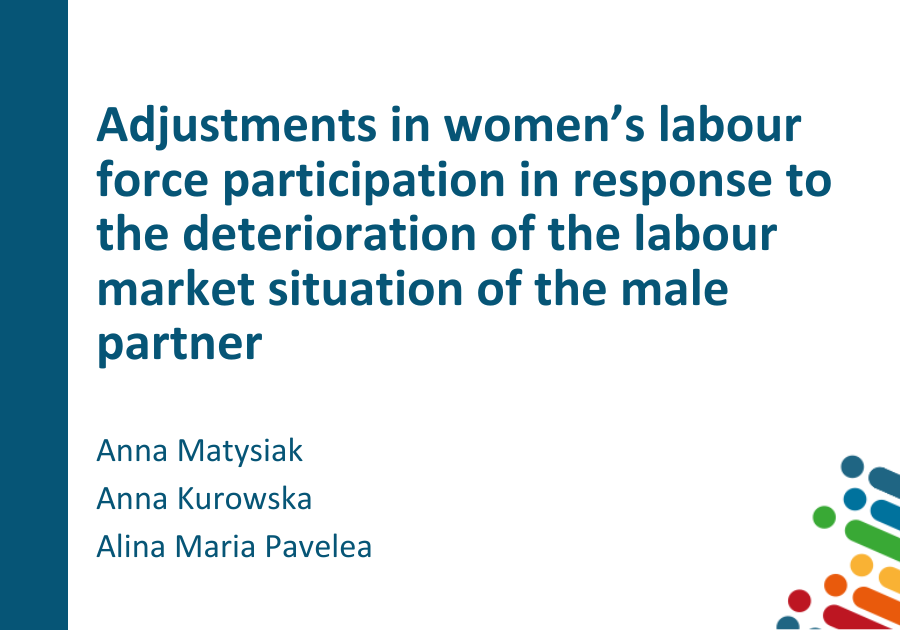Earnings constitute one of the most important sources of income for most of the European families. In this context, growing instability of employment relations and the spread of nonstandard employment – which is usually less secure and less paid than standard employment – pose serious financial risks to families, especially the traditional and modernised male breadwinner couples which rely on one income. Such couples still constitute around 20%-50% of couples in the European Union. In this report, we examined one particular resilience strategy these couples may develop in case of men’s entry to unemployment or involuntary nonstandard employment, namely woman’s increase in her labour supply. We also investigate the role of country-specific policies in moderating her response. To this end, we conducted three empirical studies based on EU-SILC and EU LFS data which were complemented with policy indicators derived from EUROMOD and UKMOD. Our findings suggest that women living in (modernised) male breadwinner couples indeed react to the deterioration in men’s employment situation though this reaction is relatively weak. Namely, not more than 10% of women who were inactive or worked part-time prior to the deterioration of his employment situation increase their labour supply. This response is stronger in countries with better public childcare (though only in case of his entry into involuntary nonstandard employment and not unemployment) and lower marginal tax rates. Notably, it is not affected by the generosity of the social benefits.
Read more here.
